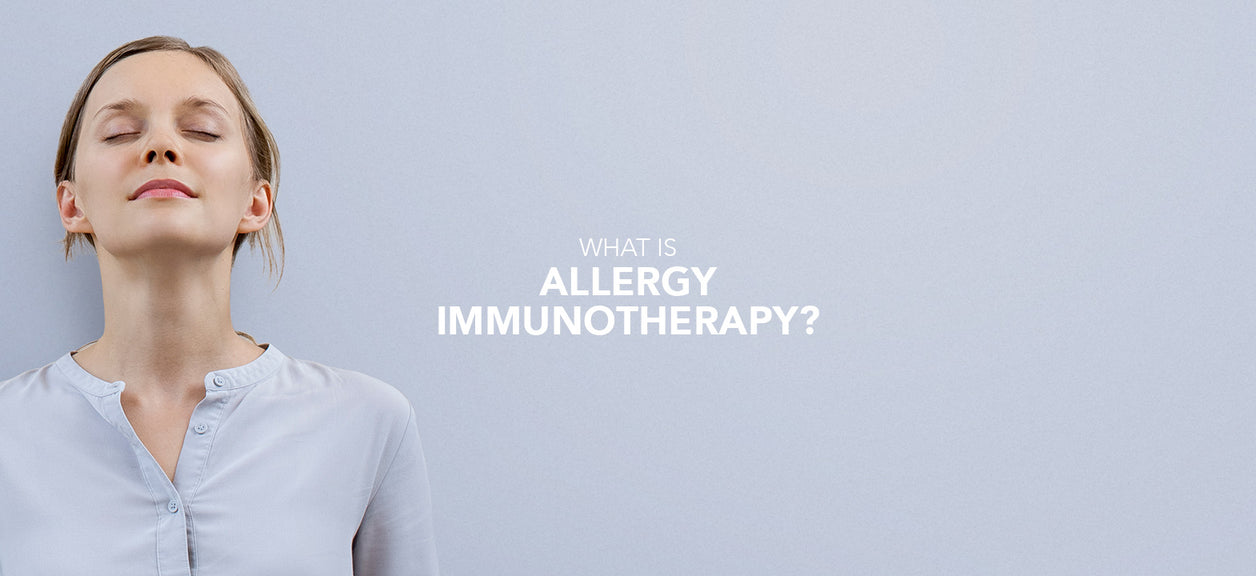
What is...allergy immunotherapy?
If you suffer from allergies to substances such as grass pollen, dust mites, and mold, one way to ease your symptoms is through allergy immunotherapy. Through this preventive treatment, you receive gradually larger doses of the allergen causing your problems, thereby building up immunities. Here’s more about it.
How does it work?
With incremental exposure of a given allergen, your immune system gradually adapts to the substance. Initially, doctors use skin and blood tests to pinpoint the specific allergens. Once the allergen is identified, treatment using allergy shots (known as subcutaneous immunotherapy or SCIT), can alleviate symptoms. SCIT treatment can also potentially change the immune system, preventing the development of new allergies.
Another approach uses tablets or drops (known as sublingual immunotherapy or SLIT), which also reduces symptoms. But, unlike SCIT, SLIT treats only ragweed or grass pollen, and doesn’t prevent the development of new allergies. While available in many other countries, this process has not yet received FDA approval in the U.S.
No matter what approach you try, your doctor should make sure you’re an appropriate candidate for immunotherapy. In some cases, like during a severe asthma episode, your physician may recommend against getting the treatments.
Fast facts
- British physicians Leonard Noon and John Freeman discovered allergen immunotherapy in 1911
- Allergy shots are given in two phases: a shot once or twice a week for about three to six months, followed by once or twice a month for several years
- It takes three years for hay fever treatment to be more effective than a placebo, according to a recent study
- Allergy shots for older patients reduced symptoms by 55 percent after three years of therapy, and decreased the amount of medication needed for relief of symptoms by 64 percent
- Taking antihistamines has been shown to increase the effectiveness of treatments
Clear the air
Whether you’re considering allergy immunotherapy or another route to help your asthma and allergy symptoms, here are some helpful ways to clear the air in your home:
- Fill your home with indoor plants that can improve indoor air quality
- Wash bedding in hot water and don’t hang laundry outside to dry, since pollen can stick to fabric
- Remove outdoor clothes before entering your home
- Use a smart air purifier with a HEPA filter, like Coway Airmega, that can remove allergens from the air
Disclaimers
1Coway air purifiers have been proven to trap dust, pollen, dander, viruses and bacteria in the air based on KCL (Korea Conformity Laboratories) testing.They have been tested in a 30㎥ size chamber according to the Korea Air Cleaning Association standard (SPS-KACA 002-132:2022 Modified) to measure the 0.01㎛ size of particle removal rate. It was tested on maximum airflow speed in normal room temperature and humidity conditions. The performance may vary in the actual living environment of customers.
→ Tested with Airmega Aim, 50, 100, 150, 160, Tower AP-1216L, Mighty AP-1512HH, MightyS AP-1512HHS, 200M, Icon, IconS, 230, 240, 250, 250 Art, 250S, 300, 300S, 350, 400, 400S, 450, ProX
299.97% of viruses, bacteria, fungi and pollen were verified to be removed from the air for Coway air purifiers which have Green True HEPA™ filter applied based on the Japan Food Research Laboratories(JFRL) testing according to JEM 1467 standard.
→ Tested with Coway Airmega Mighty AP-1512HH, MightyS AP-1512HHS, 250, 250 Art, 250S, 300, 300S, 400, 400S
→ All tested by JFRL and received above result within below time.
4The concentration of ammonia, acetaldehyde and acetic acid were proven to be removed within 30 minutes by FCG Research Institute, Inc. Human Life Science Lab. It is not a demonstration result in the actual use space. Not all odors and gases may be supported. → Tested with Coway Airmega 150, 160, Mighty AP-1512HH, MightyS AP-1512HHS, 400, 400S
5The coverage area of the air purifier is based on an area where the air cleaner can make two air changes per hour (ACPH). An air change per hour translates to how many times an air purifier can clean an area, assuming the height of a ceiling to be 8 ft, in one hour. Therefore ** means two air changes per hour means that the cleaner can clean the area once every 30 minutes and * means air changes per hour means that the air purifier can clean the area once every 60 minutes.
10Terms and conditions apply. Discounts, including promotions, coupons, bundle discount and subscription discount, cannot be stacked on top of other coupons. During promotional periods, discount codes will not be able to be applied to orders. Promo codes may apply to products only—filters, accessories, and new products within 3 months of the release date are not included.
11Based on Coway R&D internal laboratory testing, activated carbon filtration was shown to remove up to 95% of ammonia odors within 40 minutes, and up to 99% of fecal odors within 20 minutes. Actual performance may vary depending on usage conditions.



























